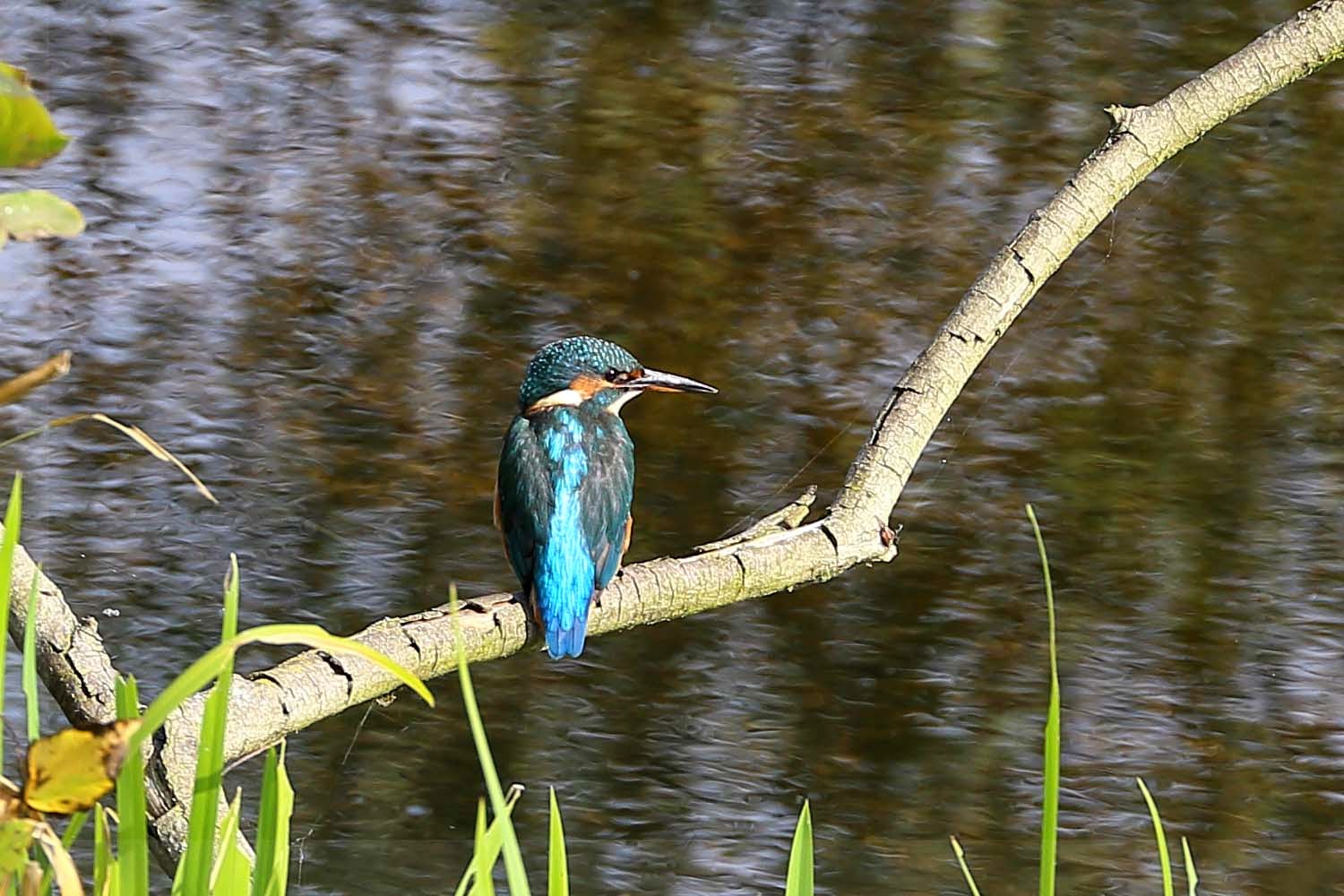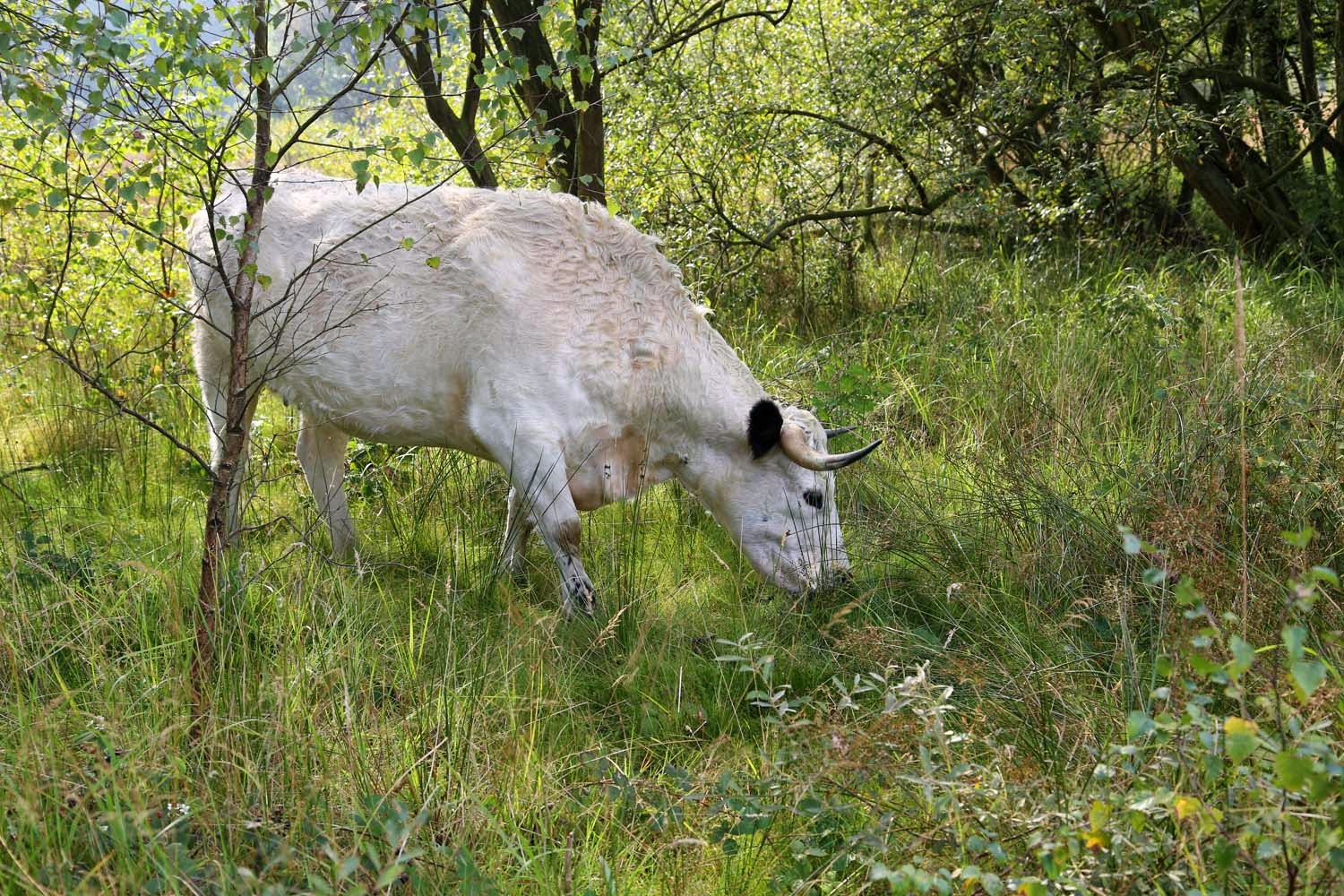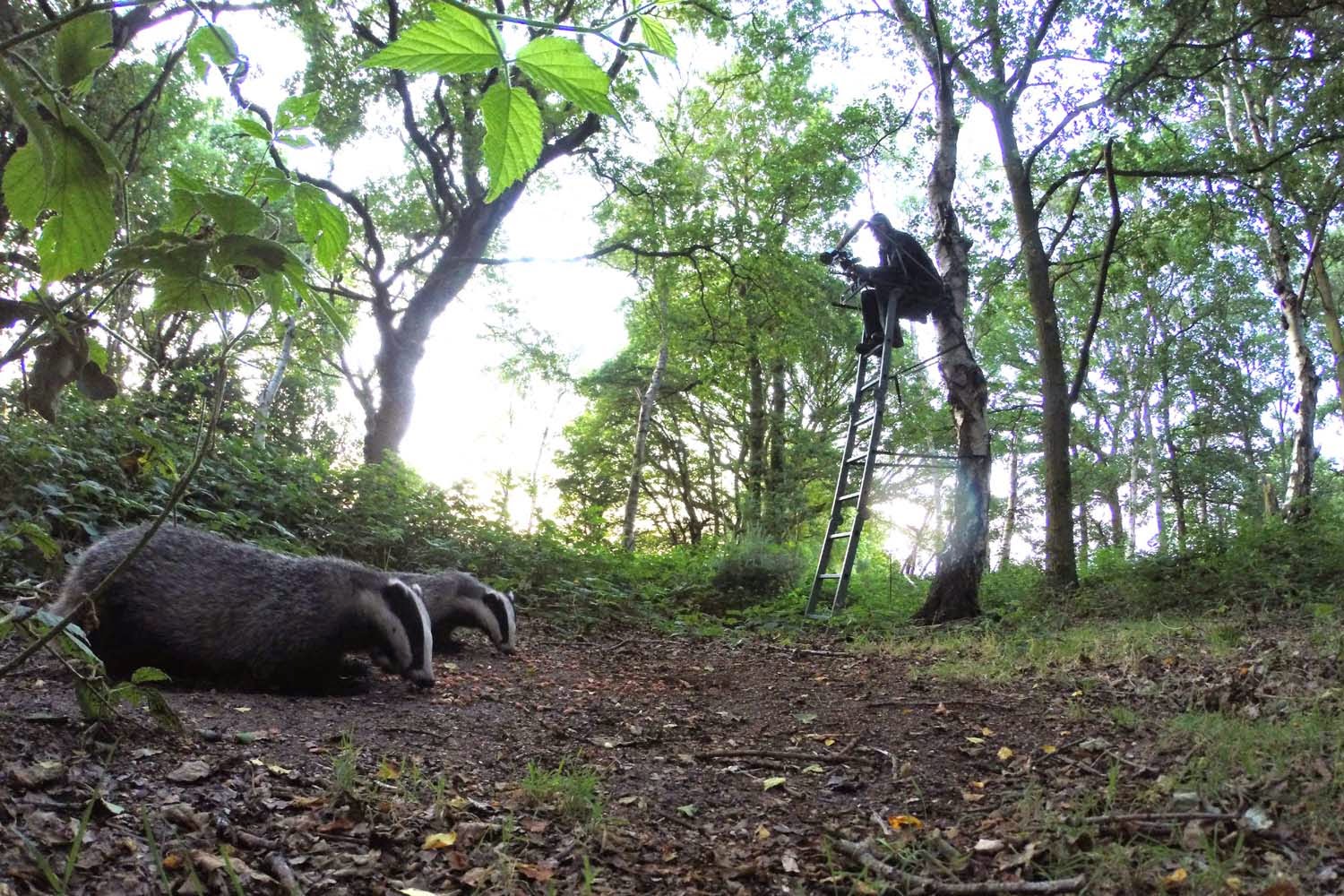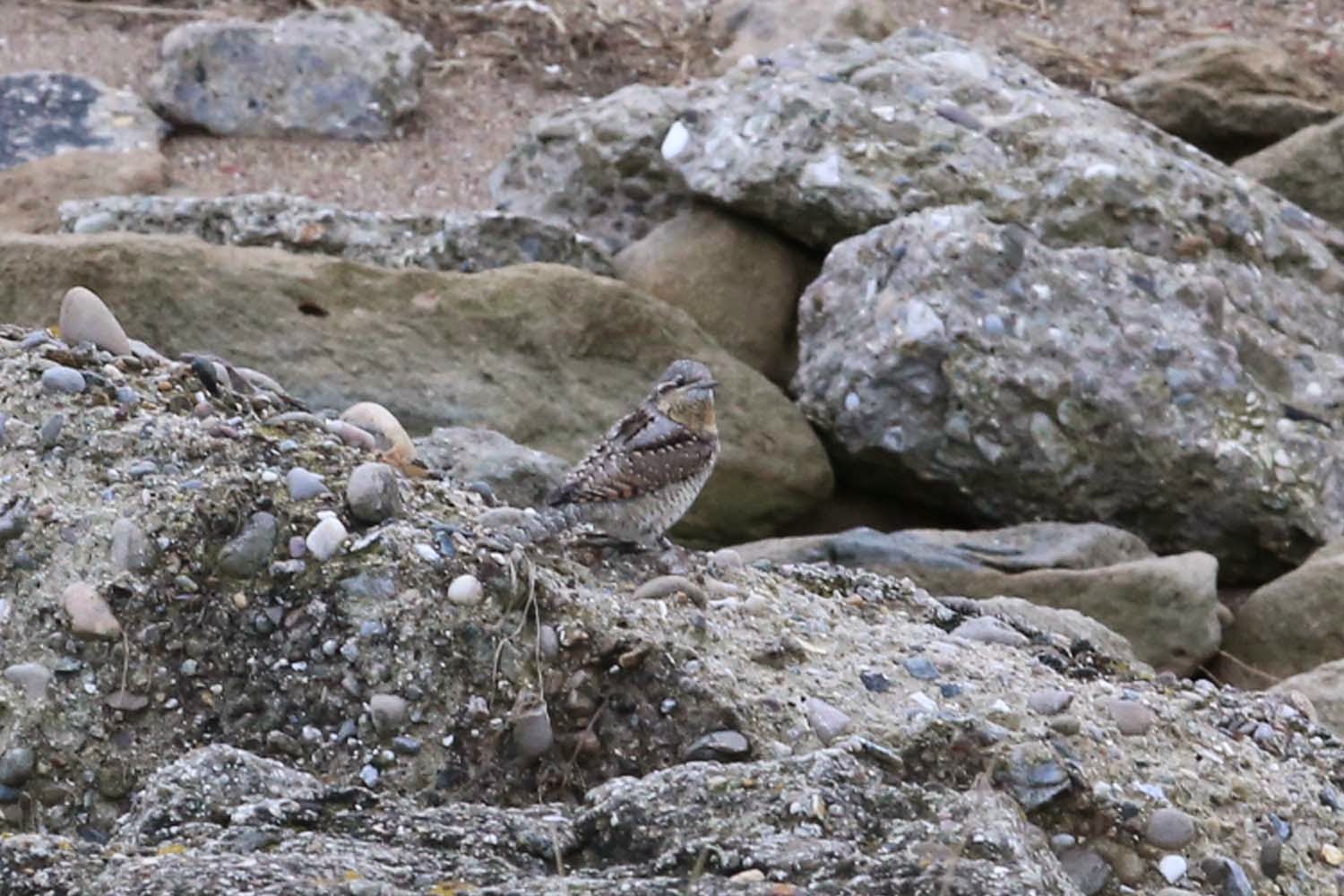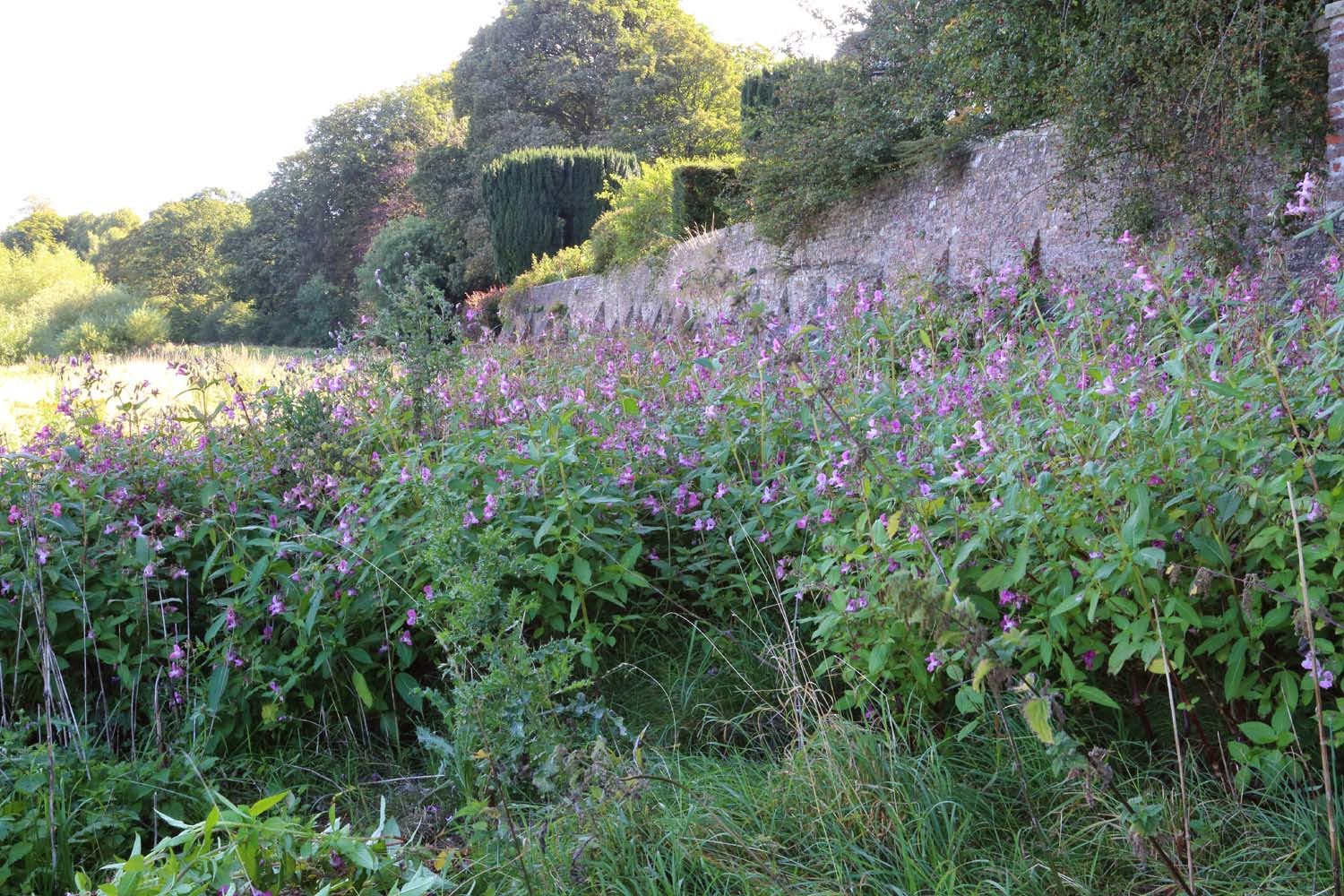I’ve been meaning to visit Tophill Low for some time, but never seemed to get around to it. I decided to go on the next sunny day and yesterday was it. Tophill Low is actually a Yorkshire Water treatment works, supplying drinking water to Hull, but it’s also a nature reserve with SSSI status. There are two reservoirs which attract great numbers of wildfowl, together with ponds, woodland and grassland. I found a hide overlooking a reed bed, with a strip of open water, and settled down to watch for a few hours. There was a line of stick ‘perches’, obviously put up for kingfishers, which I took to be a good sign. Sure enough, after about 15 minutes waiting, a kingfisher landed on one of them. It was a female, with an orange lower bill. The male has an all-black bill. It flew off down to the far end of the lagoon and disappeared. Female kingfisher I watched the moorhens and mallards for a while, and a flock of long-tailed tits flew over. Then a huge bird of prey appeared and land
